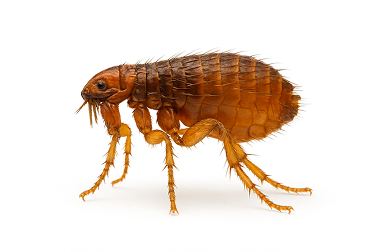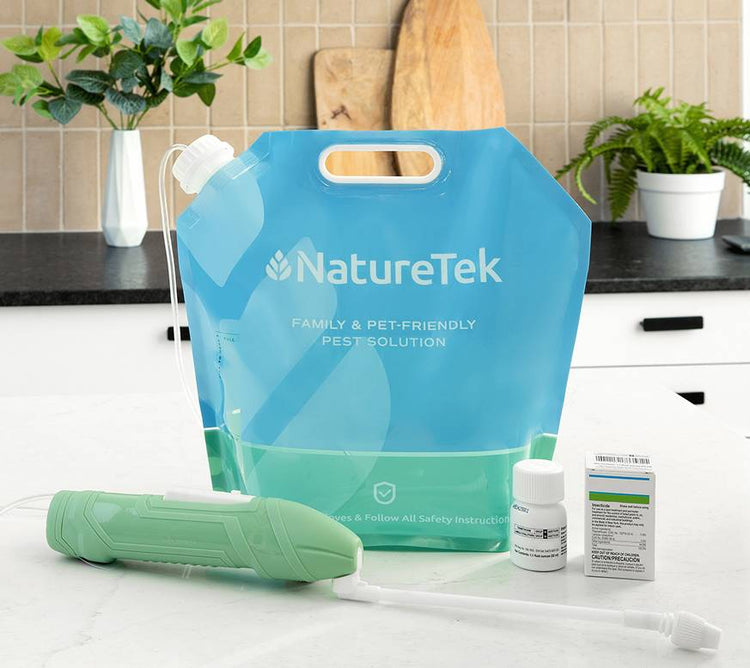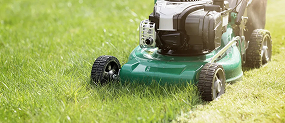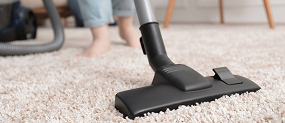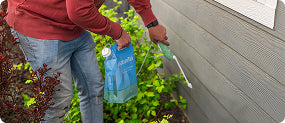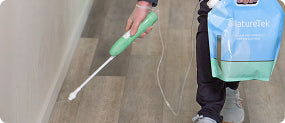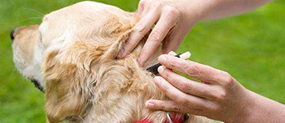Fleas
Fleas are tiny, blood-sucking pests that commonly infest homes, pets, and wildlife across the United States. Known for their itchy bites, fleas can cause discomfort for both humans and animals and may even transmit diseases. This guide provides practical tips to eliminate fleas and prevent future infestations, helping you protect your home and loved ones.

Here are some of the most common flea species found across households in the United States.
-
Cat Flea

-
Dog Flea

-
Sticktight Flea


Antennae: Short and not easily visible without magnification.
Size: Tiny, measuring about 1–3 mm in length.
Body Shape: Small, flat, and narrow body adapted for moving through fur or hair.
Color: Reddish-brown or dark brown, often shiny.
Legs: Six legs, with powerful hind legs designed for jumping great distances relative to their size.
Movement: Known for quick, erratic jumps rather than crawling or flying.
You can use the following model to help you identify a cat flea .
